Home>Articles>How To Remove Water Stains From Marble Countertops
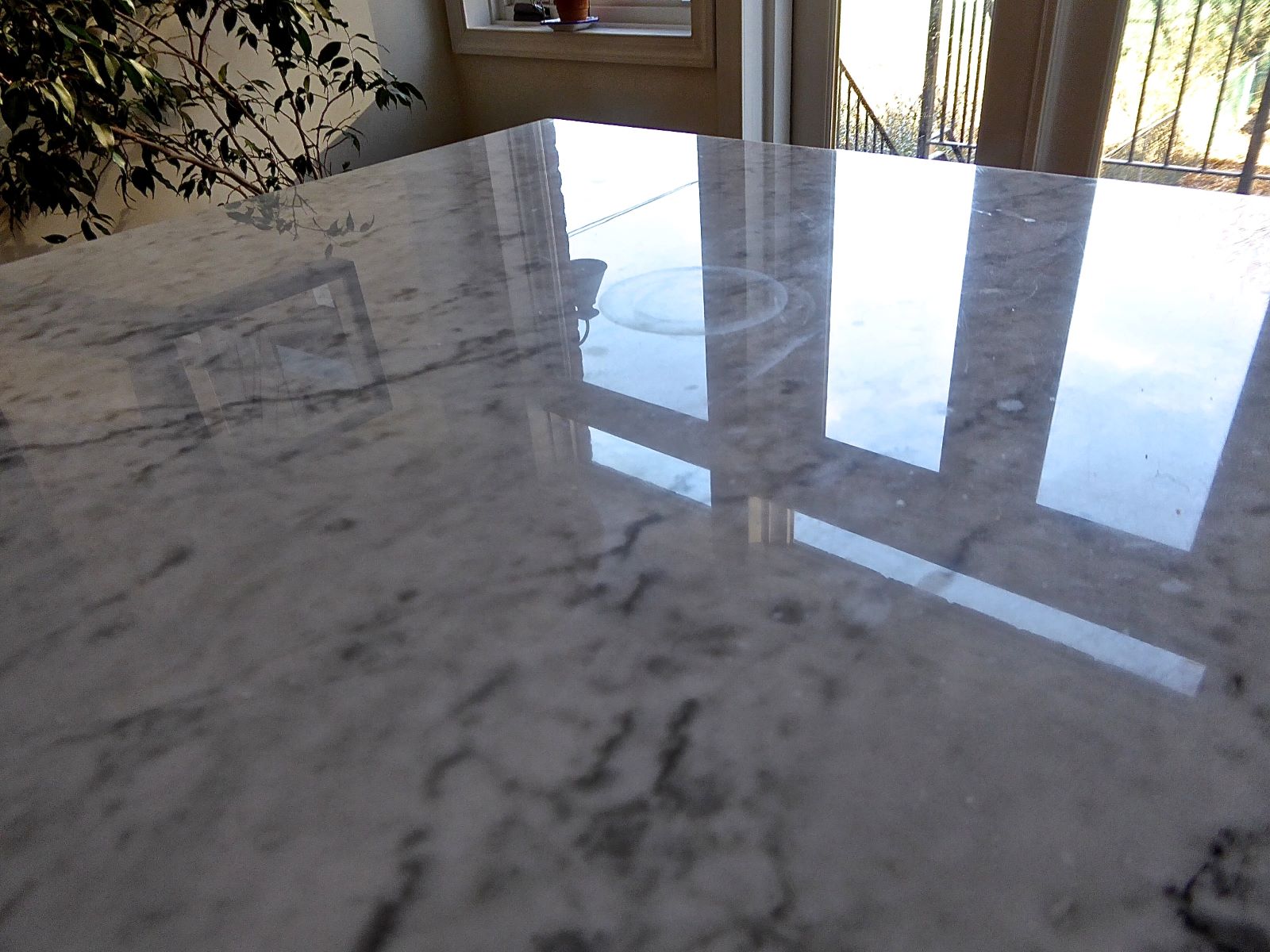

Articles
How To Remove Water Stains From Marble Countertops
Modified: February 17, 2024
Learn effective techniques to remove water stains from marble countertops with these informative articles. Discover simple solutions to restore the beauty of your marble surfaces.
(Many of the links in this article redirect to a specific reviewed product. Your purchase of these products through affiliate links helps to generate commission for Storables.com, at no extra cost. Learn more)
Introduction
Marble countertops are a luxurious and elegant addition to any kitchen or bathroom. The natural beauty and durability of marble make it a popular choice among homeowners. However, one common issue that can tarnish the appearance of marble countertops is water stains. These unsightly marks can be caused by spills, condensation, or even regular cleaning.
If you have noticed water stains on your marble countertops, don’t panic! There are effective methods to remove these stains and restore the beauty of your marble surface. In this article, we will guide you through the process of removing water stains from marble countertops, providing step-by-step instructions and helpful tips along the way.
Before we dive into the techniques, it’s important to understand why water stains occur on marble surfaces. Marble is a porous material, which means it readily absorbs liquids. When water sits on the surface for an extended period, it can seep into the pores and leave behind mineral deposits, resulting in a visible stain.
It’s worth noting that water stains on marble countertops can vary in severity. Some stains are shallow and minor, while others may have penetrated deeper into the stone. The severity of the stain will determine the method you should use for effective removal.
Before attempting any stain removal method, there are a few common mistakes you should avoid. These mistakes can worsen the stains or damage the marble surface. It’s crucial to be aware of these pitfalls to ensure the best possible outcome.
In the following sections, we will provide you with a step-by-step guide on how to remove water stains from marble countertops. We’ll cover various methods using household ingredients, as well as commercial marble stain removers. Each method has its own set of instructions and precautions, so be sure to follow them closely for optimal results.
Additionally, we will share prevention tips to help you protect your marble countertops from future water stains. By implementing these strategies and practicing regular maintenance, you can prolong the lifespan and beauty of your marble surfaces.
So, let’s get ready to banish those water stains and restore the radiant elegance of your marble countertops. Follow along as we walk you through the methods and tips to achieve a sparkling, water stain-free marble surface.
Key Takeaways:
- Say goodbye to water stains on marble countertops with effective methods using household ingredients or commercial products. Follow prevention tips to keep your marble surfaces pristine and elegant for years to come.
- Don’t let water stains tarnish the beauty of your marble countertops. Learn how to remove stains effectively and prevent future damage with simple yet powerful techniques and proactive maintenance.
Understanding Water Stains on Marble Countertops
To effectively remove water stains from marble countertops, it’s essential to understand the nature of these stains. Water stains can occur due to a variety of factors, including hard water, acidic substances, and improper cleaning techniques.
One of the most common types of water stains on marble countertops is caused by hard water. Hard water is water that contains high levels of minerals, such as calcium and magnesium. When hard water evaporates on the surface of a marble countertop, it leaves behind mineral deposits, resulting in a dull, cloudy appearance. These mineral deposits can be challenging to remove using basic cleaning methods.
Furthermore, acidic substances like lemon juice, vinegar, or certain cleaning products can cause etching on marble surfaces. Etching is the dulling or marring of the marble caused by the acid reacting with the calcium carbonate in the stone. When water comes into contact with the etched areas, it can leave behind stains or discoloration.
Improper cleaning techniques can also contribute to water stains on marble countertops. Using abrasive cleaners or scrubbing too vigorously can damage the surface of the marble, leading to micro-abrasions. These tiny scratches can trap water and other substances, causing stains to form over time.
Now that we have a better understanding of the causes of water stains on marble countertops, let’s delve into the step-by-step guide for removing these stubborn marks.
Common Mistakes to Avoid
When it comes to removing water stains from marble countertops, there are several common mistakes that you should avoid. These mistakes can exacerbate the stains or potentially damage the marble surface. By being aware of these pitfalls, you can ensure a successful stain removal process without any unwanted side effects.
1. Using Abrasive Cleaners: One of the biggest mistakes you can make is using abrasive cleaners on your marble countertops. These can include harsh chemicals, powdered cleansers, or rough scrub brushes. These cleaners can scratch the surface of the marble and make it more prone to staining. Always opt for gentle, non-abrasive cleaning solutions.
2. Applying Excessive Pressure: Scrubbing the stains aggressively with a rough sponge or abrasive pad can cause further damage to the marble. The best approach is to apply gentle pressure and let the cleaning solution do the work. Avoid scrubbing vigorously, as this can make the stains penetrate deeper into the stone.
3. Using Acidic Cleaners: Acidic substances like lemon juice, vinegar, or certain commercial cleaners can cause etching on marble surfaces. Etching is the dulling or marring of the marble caused by the acid reacting with the calcium carbonate in the stone. Avoid using acidic cleaners on your marble countertops, as they can create permanent damage.
4. Neglecting to Test the Method: Before applying any stain removal method to your marble countertops, it’s important to test it on a small, inconspicuous area first. This will help you gauge its effectiveness and ensure it doesn’t cause any adverse reactions, such as discoloration or further staining.
5. Leaving the Cleaning Solution on the Surface for Too Long: Not rinsing off the cleaning solution in a timely manner can result in new stains forming on the marble surface. Leaving the solution on for an extended period can lead to the absorption of cleaning agents into the stone, causing discoloration or etching.
6. Overlooking Regular Maintenance: Preventative measures are critical for keeping water stains at bay. Regularly clean your marble countertops with a pH-neutral, non-abrasive cleaner and promptly wipe up any spills or water droplets. This will help prevent new stains from forming and maintain the beauty of your marble surface.
By avoiding these common mistakes, you can minimize the risk of damage to your marble countertops and ensure effective water stain removal. Now, let’s move on to the step-by-step guide for removing water stains from marble countertops using various methods.
Step-by-Step Guide to Removing Water Stains from Marble Countertops
Removing water stains from marble countertops requires a systematic approach to ensure effective results. Below is a step-by-step guide that will walk you through the process of removing those stubborn water stains and restoring the beauty of your marble surface.
Step 1: Prepare the Cleaning Area
Start by clearing the countertop area and removing any items or debris that might get in the way during the cleaning process. This will give you a clear and convenient workspace.
Step 2: Clean the Surface
Before targeting the water stains, it’s crucial to clean the entire surface of the marble countertop. Use a pH-neutral, non-abrasive cleaner and a soft cloth or sponge to gently wipe the surface. This will remove any dirt, grime, and food particles that could interfere with the stain removal process.
Step 3: Identify the Severity of the Stains
Examine the water stains on your marble countertop and determine their severity. Shallow stains can often be easily removed, while deeper stains may require more aggressive treatment methods.
Step 4: Choose the Appropriate Removal Method
Based on the severity of the stains, choose the most suitable stain removal method for your marble countertop. There are various methods you can use, such as using baking soda and water, hydrogen peroxide, ammonia solution, or commercial marble stain removers. Each method has its own set of instructions and precautions, so read through them carefully before proceeding.
Step 5: Apply the Stain Removal Solution
Follow the specific instructions for the chosen method and apply the stain removal solution to the water-stained areas. Use a soft cloth or sponge to gently scrub the stains in a circular motion. Avoid using excessive pressure or abrasive materials, as this can damage the marble surface.
Step 6: Rinse and Dry
Once you have scrubbed the stains, rinse the countertop thoroughly with clean water to remove any residual cleaning solution. Ensure that no cleaning agents are left on the surface, as they can cause discoloration or further staining later on. Wipe the countertop dry with a clean, soft cloth.
Step 7: Evaluate the Results
After removing the water stains, evaluate the results. If the stains are completely gone, congratulations! Your marble countertop should now be restored to its original beauty. However, if some stains still persist, you may need to repeat the process or try a different method to achieve the desired results.
Step 8: Apply a Marble Sealer (Optional)
To further protect your marble countertop from future water stains, you can apply a marble sealer. This will create a protective barrier on the surface, making it less susceptible to absorption and staining. Follow the instructions on the sealer product for proper application.
By following these step-by-step instructions, you can effectively remove water stains from your marble countertops and bring back their natural beauty. In the next sections, we will explore different methods for removing water stains, including using baking soda and water, hydrogen peroxide, ammonia solution, and commercial marble stain removers.
Method 1: Using Baking Soda and Water
Baking soda is a versatile and readily available household ingredient that is effective in removing water stains from marble countertops. This method is gentle yet powerful enough to tackle mild to moderate stains. Here’s how you can use baking soda and water to remove water stains from your marble countertop:
Step 1: Create a Paste
Start by creating a paste using baking soda and water. In a small bowl, mix equal parts of baking soda and water to form a thick, spreadable paste. You can adjust the quantities as needed to ensure the paste is of a workable consistency.
Step 2: Apply the Paste
Once you have the paste ready, use a non-abrasive sponge or soft cloth to apply the baking soda paste onto the water-stained areas of the marble countertop. Ensure that the stains are completely covered with a thin layer of the paste.
Step 3: Gently Scrub the Stains
Using circular motions, gently scrub the water stains with the baking soda paste. Apply light pressure and be careful not to scratch the surface of the marble. The mild abrasive nature of baking soda will help lift the stains from the pores of the marble.
Step 4: Let it Sit
After scrubbing, allow the baking soda paste to sit on the countertop for approximately 24 to 48 hours. This extended period allows the baking soda to absorb the stain and draw it out from the marble.
Step 5: Remove the Paste
Once the waiting time is over, dampen a clean sponge or cloth with water and gently wipe away the dried baking soda paste from the countertop. Rinse the sponge or cloth frequently to ensure complete removal of the paste residue.
Step 6: Rinse and Dry
After removing the paste, rinse the marble countertop thoroughly with clean water to remove any leftover residue. Ensure that no baking soda or cleaning agents are left on the surface. Finally, dry the countertop with a soft cloth to prevent any water spots or stains.
Step 7: Evaluate the Results and Repeat if Necessary
Inspect the marble countertop to see if the water stains have been completely removed. If the stains are still visible, you may need to repeat the process once more or try an alternative method to achieve the desired results.
Using baking soda and water is an effective and safe method to remove water stains from marble countertops. It is important to note that this method is suitable for mild to moderate stains. For more stubborn or severe water stains, you may need to explore other methods, such as using hydrogen peroxide, ammonia solution, or commercial marble stain removers. We will cover these methods in the following sections.
Mix baking soda with water to create a paste, apply it to the water stains on the marble countertop, and let it sit for a few hours. Then, gently scrub the area with a soft cloth and rinse with water. Repeat if necessary.
Read more: How To Clean Stains On Marble Countertops
Method 2: Using Hydrogen Peroxide
Hydrogen peroxide is another effective solution for removing water stains from marble countertops. It has bleaching properties that can help lift deep-set stains and restore the natural brightness of the marble. Here’s a step-by-step guide on how to use hydrogen peroxide to remove water stains:
Step 1: Prepare the Area and Materials
Clear the countertop area and gather the necessary materials. You will need 3% hydrogen peroxide, water, a spray bottle, a soft cloth or sponge, and plastic wrap.
Step 2: Dilute the Hydrogen Peroxide
Fill the spray bottle with equal parts hydrogen peroxide and water. Gently shake the bottle to ensure proper mixing of the two ingredients. The diluted solution will be used to treat the water stains on the marble countertop.
Step 3: Spray the Solution
Spray a generous amount of the hydrogen peroxide solution onto the water-stained areas of the marble countertop. Ensure that the stains are thoroughly soaked with the solution but avoid oversaturating the surface.
Step 4: Cover with Plastic Wrap
Cover the sprayed areas with a layer of plastic wrap. This will create a seal and prevent the hydrogen peroxide solution from evaporating too quickly. The plastic wrap will help the solution penetrate the stains more effectively.
Step 5: Let it Sit
Allow the hydrogen peroxide solution to sit on the water stains for a minimum of several hours, but ideally overnight. This extended dwell time will give the solution ample time to break down the stains and lift them from the marble surface.
Step 6: Remove the Plastic Wrap and Wipe Clean
After the designated time has passed, remove the plastic wrap from the countertop. Dampen a soft cloth or sponge with clean water and gently wipe away the hydrogen peroxide solution. Make sure to rinse the cloth or sponge frequently to remove any residual solution.
Step 7: Rinse and Dry
Thoroughly rinse the marble countertop with clean water to remove any remaining hydrogen peroxide solution. Be sure to remove all traces of the solution, as it can potentially cause discoloration or further staining if left on the surface. Finally, dry the countertop with a soft cloth to prevent water spots or stains.
Step 8: Evaluate the Results and Repeat if Necessary
Assess the marble countertop to determine if the water stains have been successfully removed. If there are still visible stains, you may need to repeat the process or consider trying an alternative method to achieve the desired outcome.
Using hydrogen peroxide is an effective method for tackling deep-set water stains on marble countertops. However, it’s important to note that hydrogen peroxide is a bleaching agent and can potentially lighten the color of certain marble surfaces. It is advisable to test the solution on a small, inconspicuous area of the countertop before applying it to the entire stained area.
Method 3: Using Ammonia Solution
An ammonia solution is a powerful option for removing stubborn water stains from marble countertops. It can effectively break down mineral deposits and stubborn stains, restoring the natural beauty of the marble surface. Here’s a step-by-step guide on how to use an ammonia solution to remove water stains:
Step 1: Gather the Materials
Before starting the process, gather the necessary materials. You will need ammonia, water, a spray bottle, a soft cloth or sponge, and plastic wrap.
Step 2: Prepare the Ammonia Solution
In a small bowl or container, mix equal parts ammonia and water to create the ammonia solution. Stir the solution gently to ensure proper mixing. Make sure you are working in a well-ventilated area and avoid direct contact with the ammonia solution.
Step 3: Test the Solution
Before applying the ammonia solution to the entire countertop, it is crucial to test it on a small, inconspicuous area. Apply a small amount of the solution and observe for any adverse reactions, such as discoloration or damage to the marble. If there are no negative effects, you can proceed to the next step.
Step 4: Apply the Ammonia Solution
Pour the ammonia solution into a spray bottle for easy application. Spray the solution onto the water-stained areas of the marble countertop, ensuring that the stains are thoroughly coated. Be cautious not to oversaturate the surface.
Step 5: Cover with Plastic Wrap
Cover the sprayed areas with plastic wrap. This will create a seal and prevent the ammonia solution from evaporating too quickly. The plastic wrap helps the solution penetrate the stains effectively.
Step 6: Let it Sit
Allow the ammonia solution to sit on the water stains for approximately 24 to 48 hours. This extended dwell time allows the solution to break down the stains and mineral deposits, making them easier to remove.
Step 7: Remove the Plastic Wrap and Wipe Clean
After the designated time has passed, carefully remove the plastic wrap from the countertop. Using a soft cloth or sponge dampened with clean water, gently wipe away the ammonia solution. Rinse the cloth or sponge frequently to ensure complete removal of the solution residue.
Step 8: Rinse and Dry
Thoroughly rinse the marble countertop with clean water to remove any remaining ammonia solution. Ensure that no cleaning agents or residue are left on the surface. Finally, dry the countertop with a soft cloth to prevent any water spots or stains.
Step 9: Evaluate the Results and Repeat if Necessary
Assess the marble countertop to determine if the water stains have been fully removed. If some stains persist, you may need to repeat the process or try an alternative method to achieve the desired outcome.
Please note that ammonia is a strong chemical, so it is important to handle it with caution. Ensure proper ventilation in the room, avoid direct contact with the solution, and follow all safety precautions mentioned on the ammonia product packaging.
Using an ammonia solution can be an effective method for removing stubborn water stains from marble countertops. However, it is recommended to test the solution on a small area and exercise caution during the application process to avoid any potential damage to the marble surface.
Method 4: Using Commercial Marble Stain Removers
If homemade solutions don’t yield the desired results or you prefer a ready-made solution, commercial marble stain removers can be a convenient option for removing water stains from marble countertops. These products are specifically formulated to tackle various types of stains, including water stains. Here’s a step-by-step guide on how to use commercial marble stain removers:
Step 1: Choose a Suitable Marble Stain Remover
Visit your local home improvement store or research online to find a reputable and effective commercial marble stain remover. Look for a product specifically designed for removing water stains from marble surfaces. Read the instructions and precautions provided by the manufacturer before use.
Step 2: Prepare the Area
Clear the countertop area and remove any items or debris that may interfere with the stain removal process. Follow the safety guidelines mentioned on the commercial stain remover product to ensure a safe and effective application.
Step 3: Apply the Stain Remover
Following the instructions on the product packaging, apply the commercial marble stain remover to the water-stained areas of the countertop. Use a soft cloth or sponge to spread the product evenly, ensuring full coverage of the stains.
Step 4: Allow Dwell Time
Leave the stain remover on the countertop for the recommended dwell time specified on the product. This allows the stain remover to penetrate and break down the water stains.
Step 5: Scrub Gently
Using a soft cloth or sponge, gently scrub the stained areas in a circular motion. Avoid applying excessive pressure or using abrasive materials, as they can damage the marble surface.
Step 6: Rinse and Dry
After scrubbing, rinse the marble countertop thoroughly with clean water to remove any residue of the commercial stain remover. Ensure that no cleaning agents are left on the surface. Finally, dry the countertop with a soft cloth to prevent any water spots or stains.
Step 7: Evaluate the Results and Repeat if Necessary
Inspect the countertop to determine if the water stains have been successfully removed. If any stains remain, you may need to repeat the process or try a different commercial marble stain remover to achieve the desired outcome.
Commercial marble stain removers offer a convenient and potentially more effective solution for removing stubborn water stains from marble countertops. However, it’s important to follow the instructions provided by the manufacturer and exercise caution while handling these products.
Remember to test the commercial stain remover on a small, inconspicuous area of the countertop before applying it to the entire stained area. This will help ensure compatibility and prevent any potential damage to the marble surface.
By using a commercial marble stain remover, you can effectively remove water stains and restore the natural beauty of your marble countertops.
Prevention Tips for Water Stains on Marble Countertops
Prevention is the key to maintaining the beauty and longevity of your marble countertops. By taking proactive measures, you can minimize the risk of water stains and keep your marble surfaces looking pristine. Here are some helpful prevention tips to keep in mind:
1. Use Coasters and Trivets: To prevent water stains from forming on your marble countertop, make it a habit to use coasters under glasses and trivets under hot pots and pans. This will prevent moisture and heat from directly contacting the marble surface, reducing the chances of water stains and heat-induced damage.
2. Wipe up Spills Promptly: Accidental spills are bound to happen, but it’s crucial to clean them up immediately. Even water spills can leave behind water stains if left unattended for long periods. Use a soft cloth or paper towel to blot up any spills to prevent them from seeping into the marble and causing staining.
3. Use pH-Neutral Cleaners: When it comes to cleaning your marble countertops, opt for pH-neutral, non-abrasive cleaners specifically formulated for marble surfaces. Acidic cleaners, such as vinegar or lemon juice, can etch the surface and lead to water stains. Regularly clean your countertops with a gentle cleaner and soft cloth to maintain their beauty.
4. Avoid Harsh Cleaning Tools: Abrasive scrub brushes or scouring pads can scratch the surface of your marble countertops, making them more susceptible to water stains. Instead, opt for soft cloths, non-abrasive sponges, or microfiber cleaning pads to protect the integrity of the marble.
5. Seal the Marble: Sealing your marble countertops can provide an additional layer of protection against water stains. Marble is a porous material, so applying a marble sealer can help prevent liquids from penetrating the surface and causing stains. Follow the instructions on the sealer product for proper application and frequency of reapplication.
6. Regular Maintenance: By practicing regular maintenance, you can keep your marble countertops in optimal condition. Wipe down the surfaces daily to remove any dirt, debris, or water droplets. Avoid allowing water to sit on the countertops for extended periods, as this can lead to water stains. With consistent care, you can preserve the natural beauty of your marble countertops.
7. Professional Maintenance: Periodically, consider scheduling professional maintenance for your marble countertops. Marble professionals can assess the condition of the marble, perform deep cleaning, and apply fresh sealant if necessary. Professional maintenance will help keep your marble countertops in the best possible condition and minimize the risk of water stains.
By implementing these prevention tips, you can significantly reduce the likelihood of water stains on your marble countertops. Protecting and maintaining your marble surfaces will ensure their longevity and keep them looking stunning for years to come.
Conclusion
Water stains on marble countertops can be frustrating and unsightly, but with the right knowledge and techniques, you can successfully remove them and restore the natural beauty of your marble surfaces. In this article, we discussed several methods for removing water stains, including using baking soda and water, hydrogen peroxide, ammonia solution, and commercial marble stain removers.
When tackling water stains, it’s important to understand the nature of the stains and avoid common mistakes that can worsen the situation. By following the step-by-step guides provided for each method, you can effectively and safely remove water stains from your marble countertops.
Additionally, we explored prevention tips to help you protect your marble countertops from future water stains. By using coasters, wiping up spills promptly, using pH-neutral cleaners, avoiding harsh cleaning tools, sealing the marble, and practicing regular maintenance, you can minimize the risk of water stains and keep your marble countertops looking their best.
Remember to always test any cleaning solution or product on a small, inconspicuous area before applying it to the entire countertop. This helps ensure compatibility and prevents any potential damage to the marble surface.
Marble countertops are a luxurious and elegant addition to any kitchen or bathroom, and proper care and maintenance are crucial to preserve their beauty and durability. With the information provided in this article, you now have the knowledge and tools to effectively remove water stains from your marble countertops and prevent future staining.
If you have severe or persistent water stains that you are unable to remove on your own, it may be best to consult a professional marble restoration specialist. They have the expertise and specialized tools to tackle even the toughest stains, ensuring the long-term beauty and integrity of your marble countertops.
Remember, prevention is key. By following the prevention tips outlined in this article and maintaining regular care, you can enjoy the timeless elegance of your marble countertops for years to come.
So, don’t let water stains dampen the beauty of your marble countertops. Take action today and restore them to their original splendor for a stunning and impressive focal point in your home.
Frequently Asked Questions about How To Remove Water Stains From Marble Countertops
Was this page helpful?
At Storables.com, we guarantee accurate and reliable information. Our content, validated by Expert Board Contributors, is crafted following stringent Editorial Policies. We're committed to providing you with well-researched, expert-backed insights for all your informational needs.
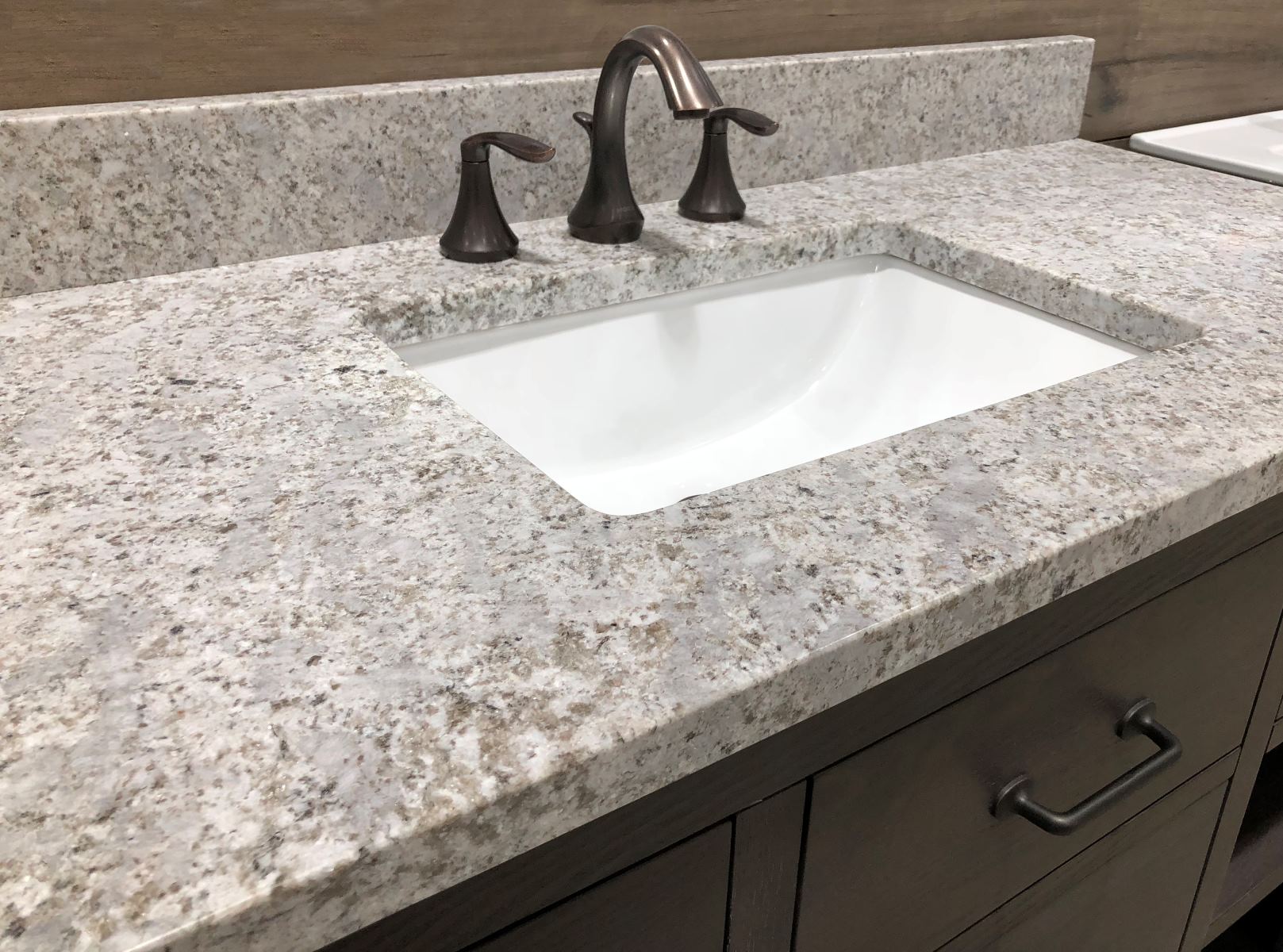
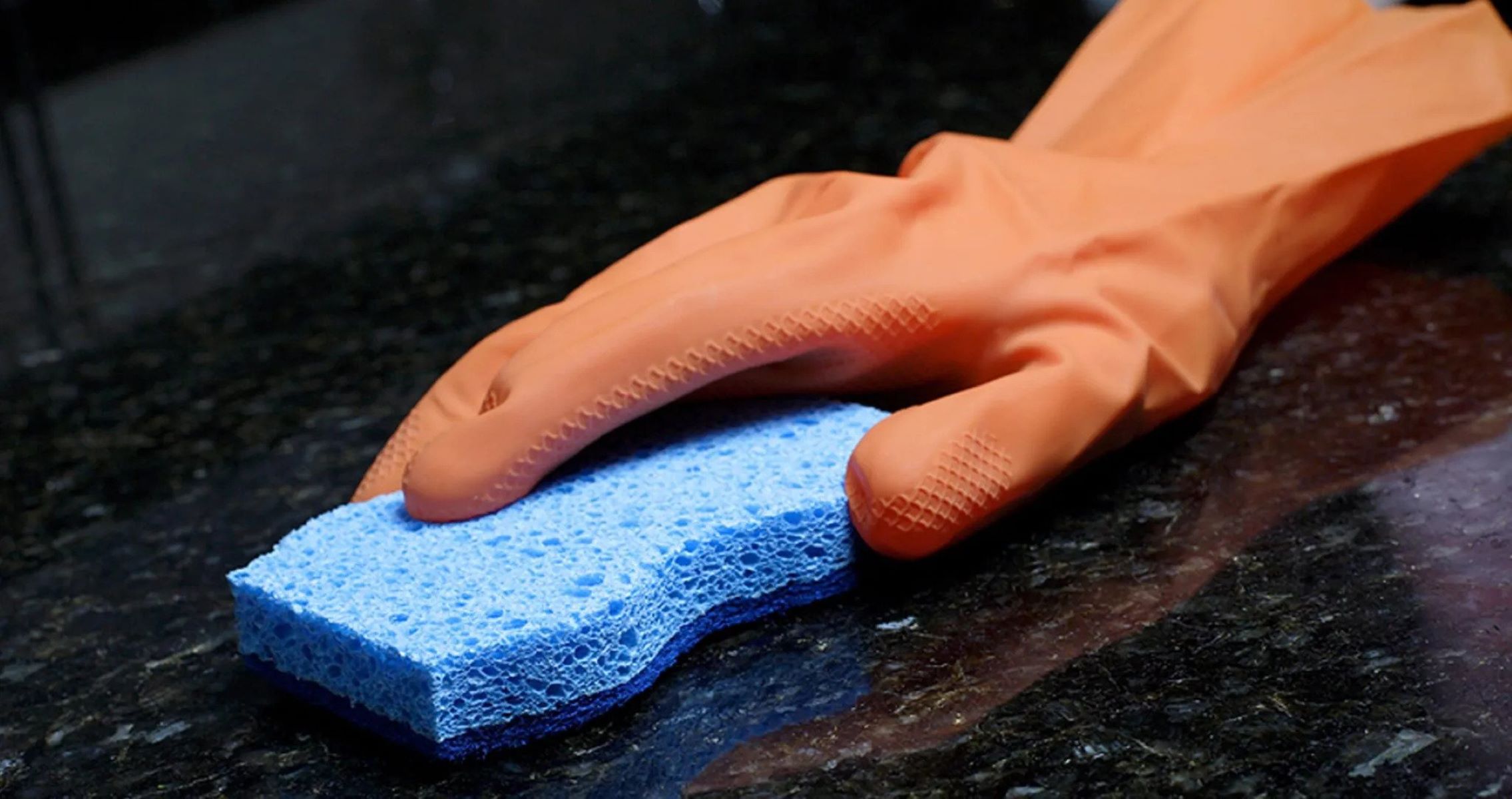

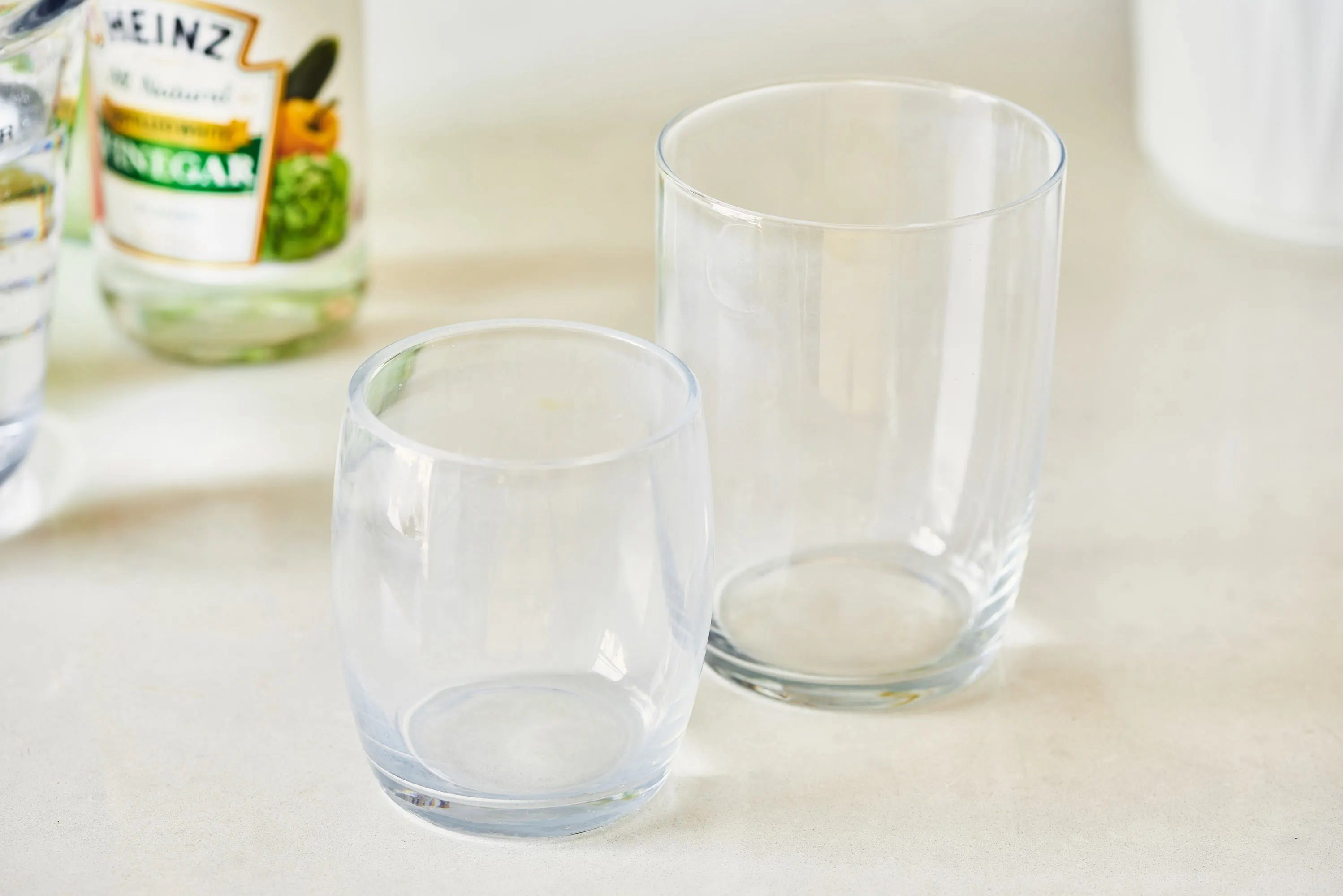
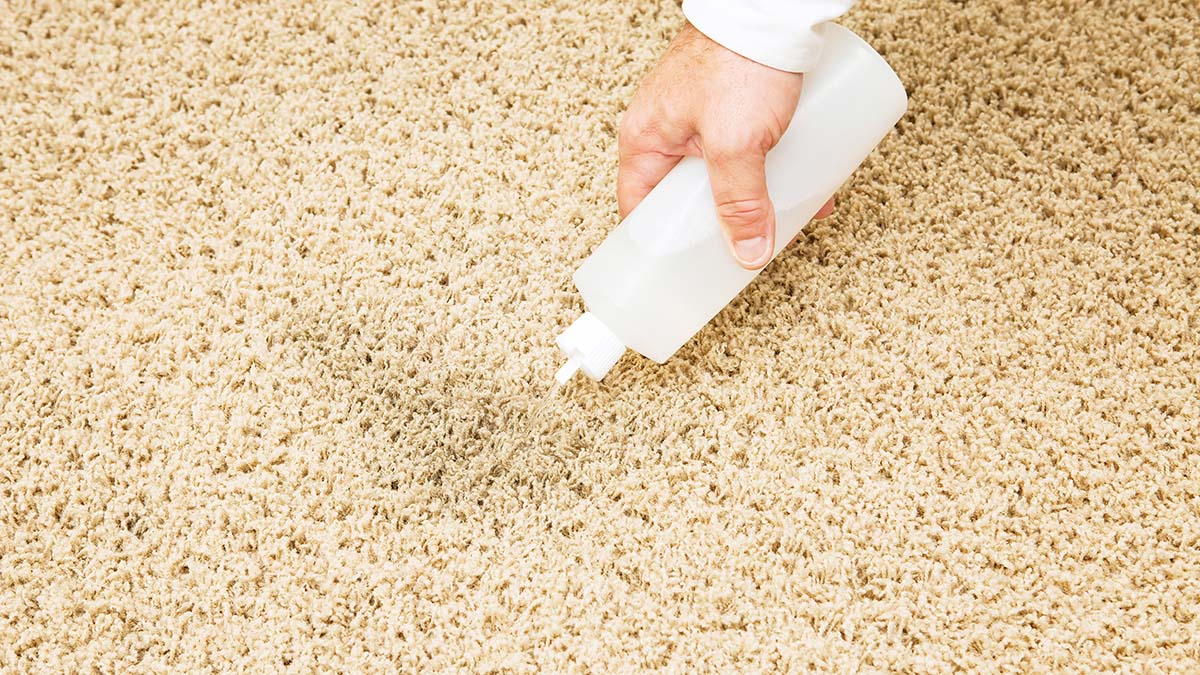
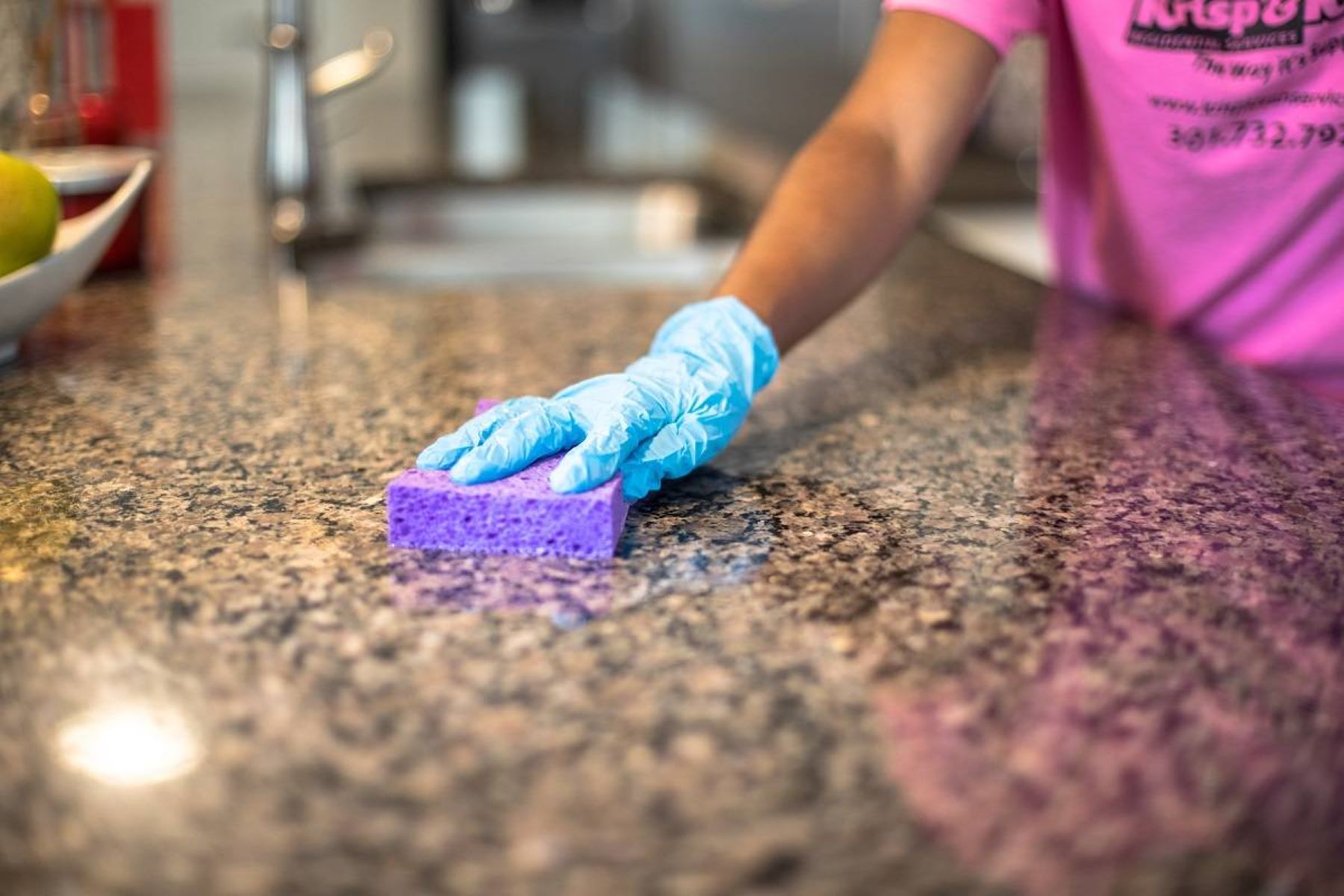
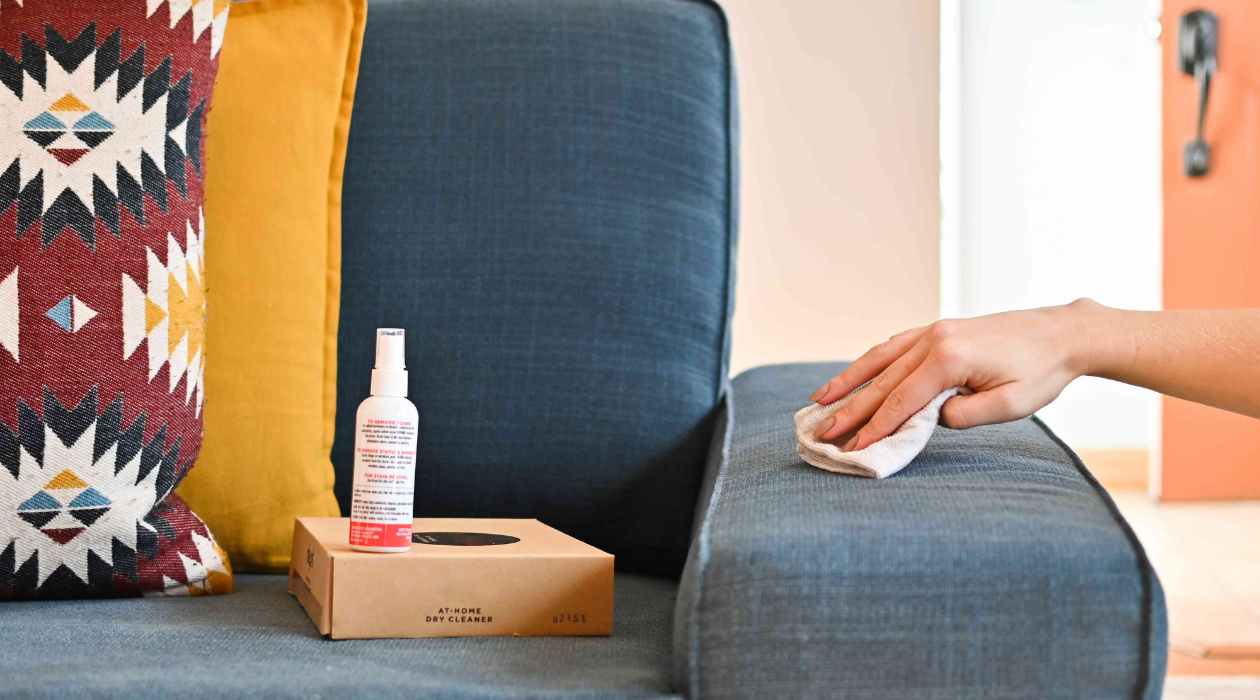
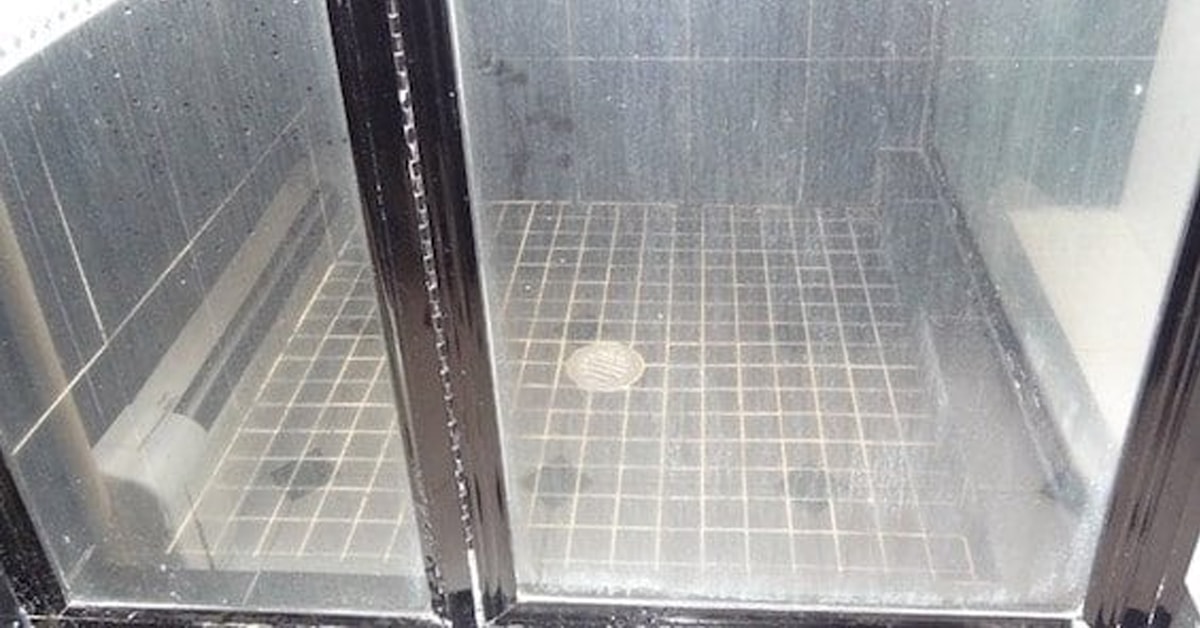
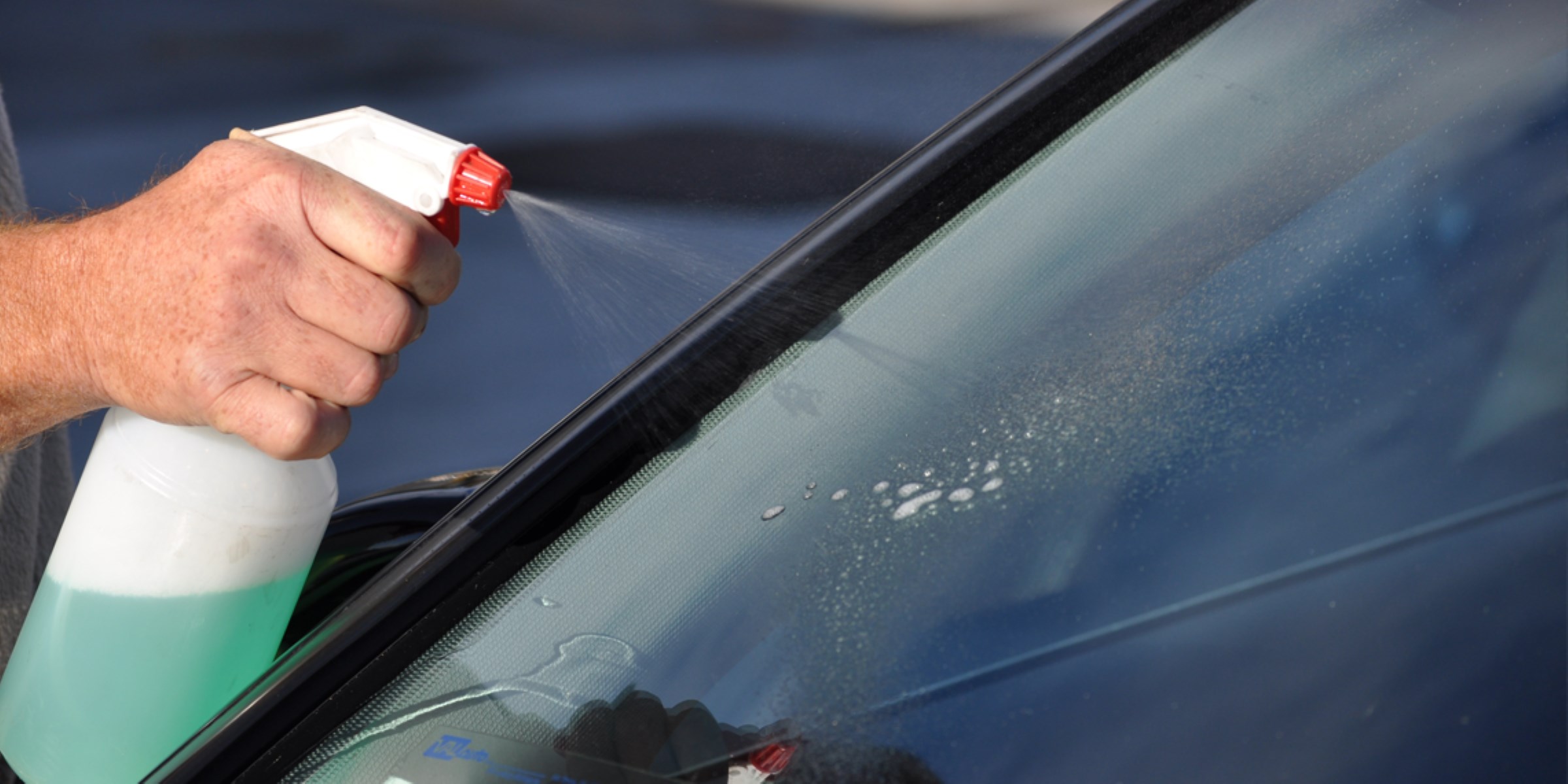
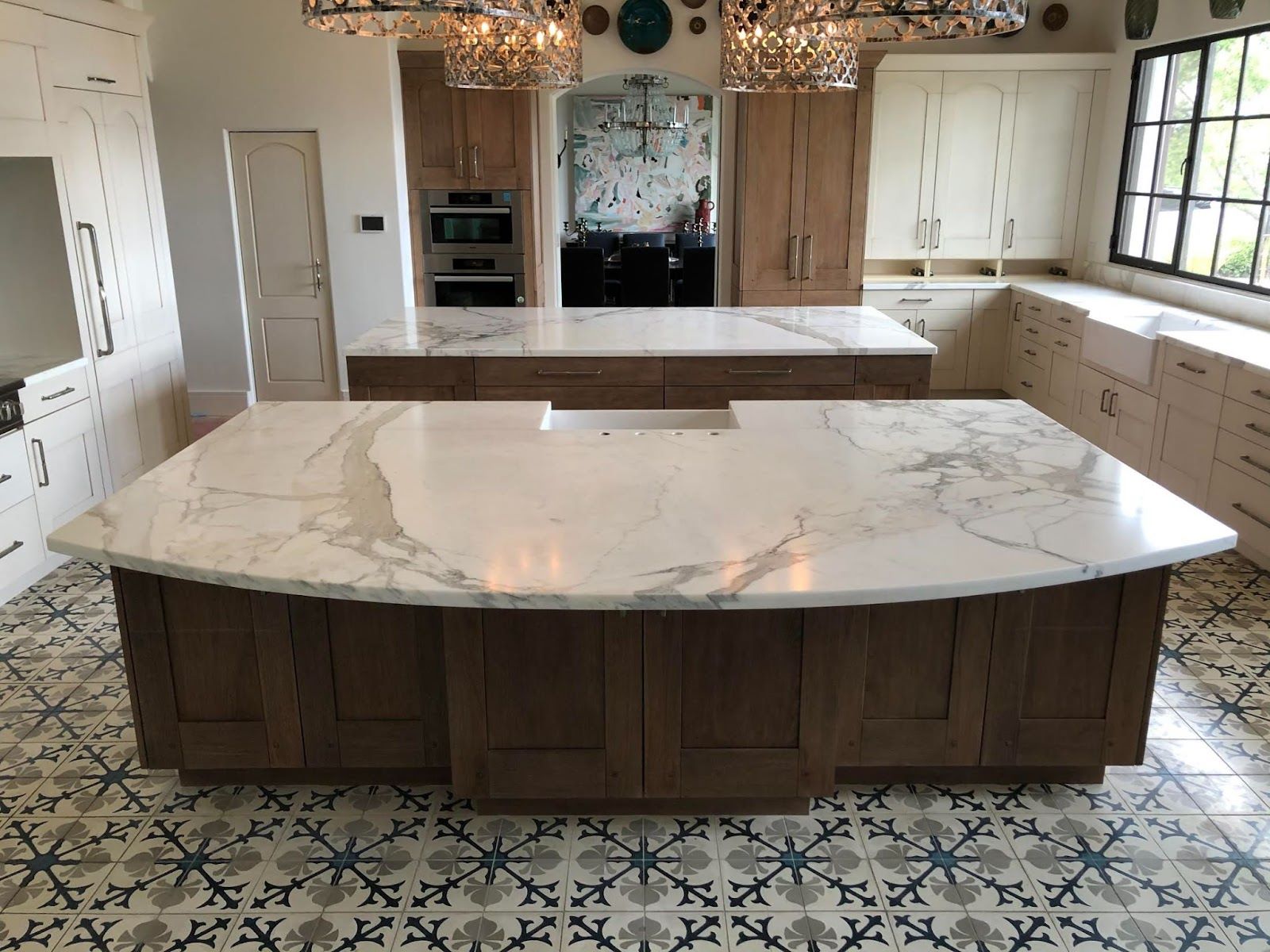
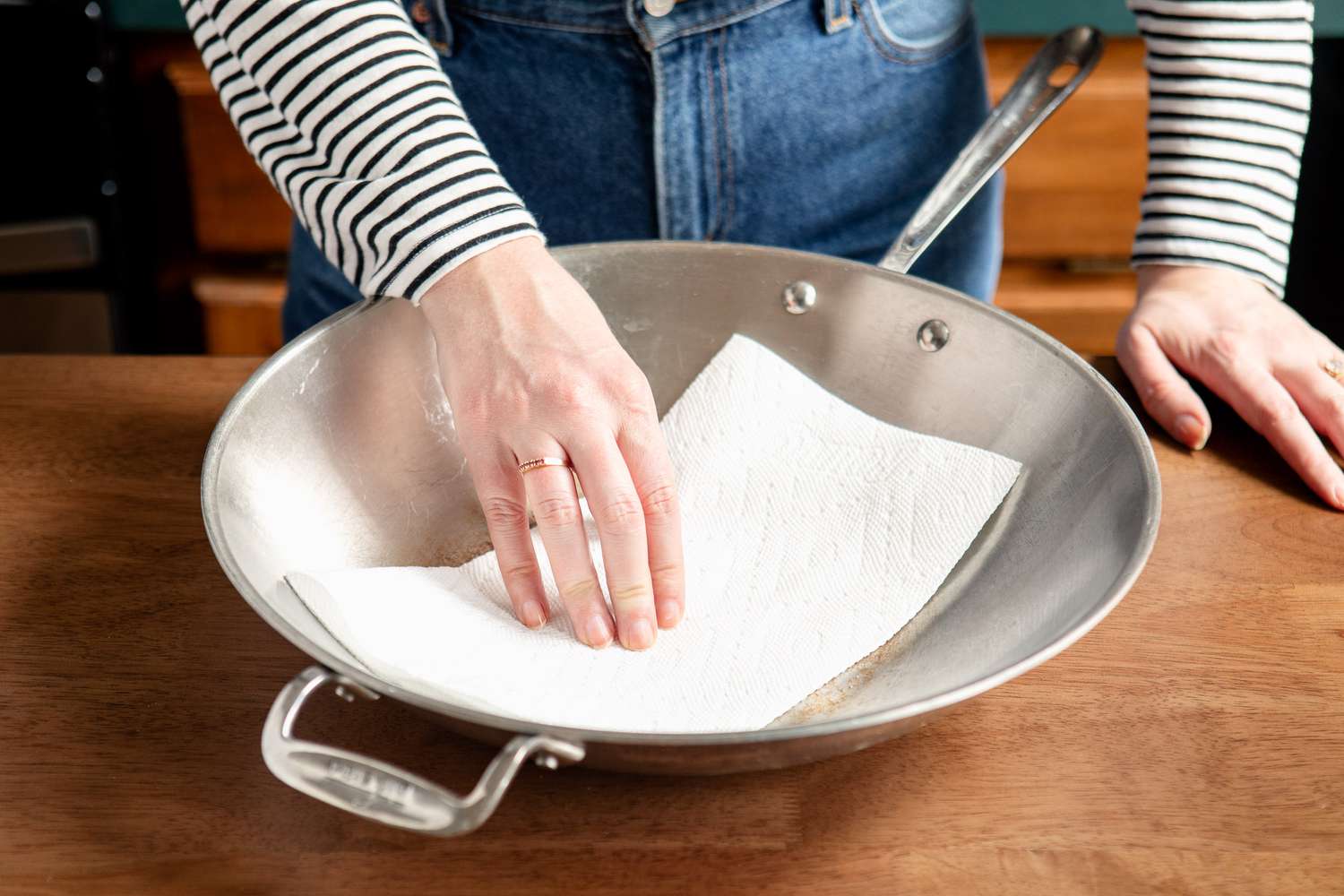
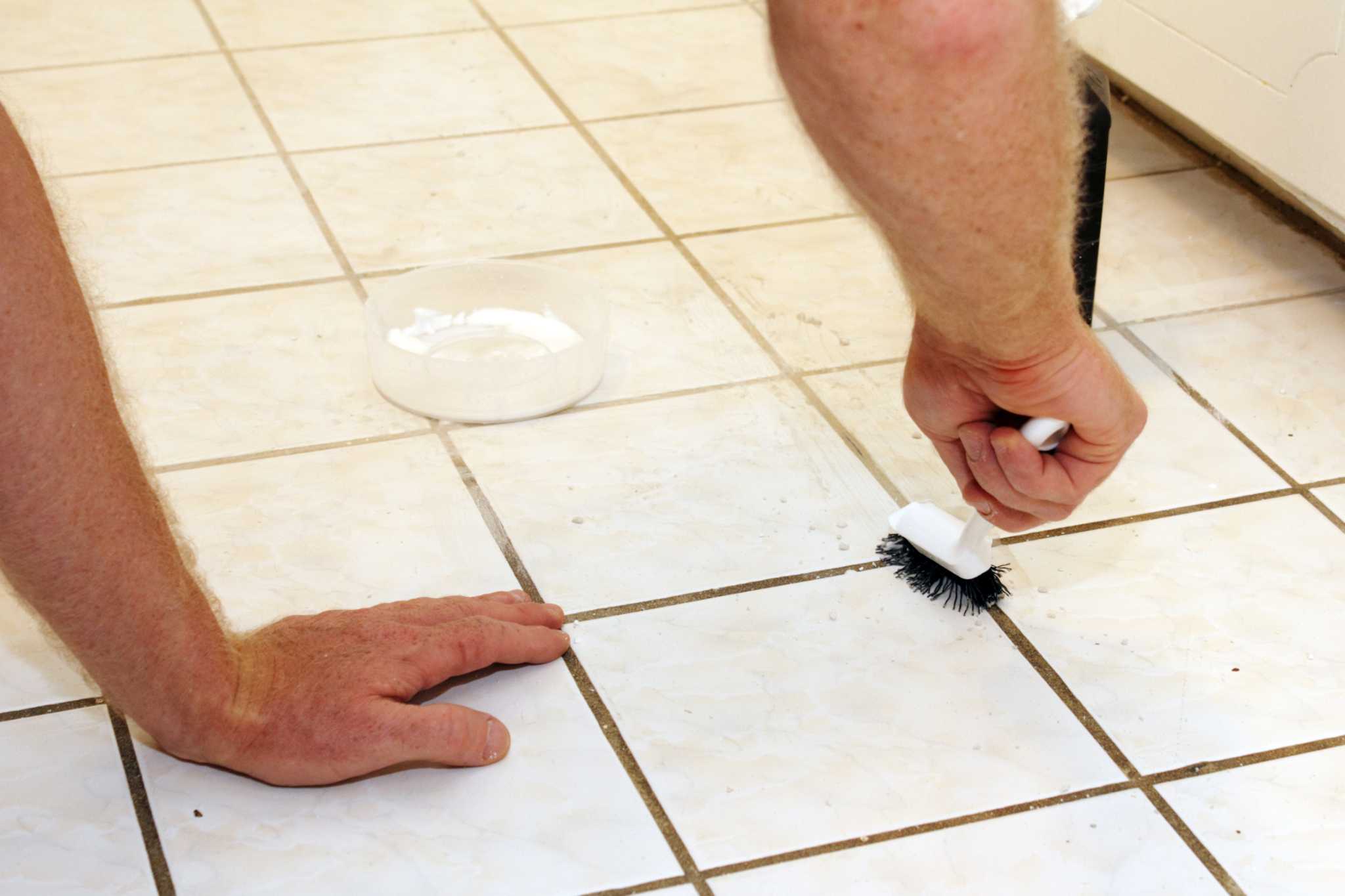


0 thoughts on “How To Remove Water Stains From Marble Countertops”